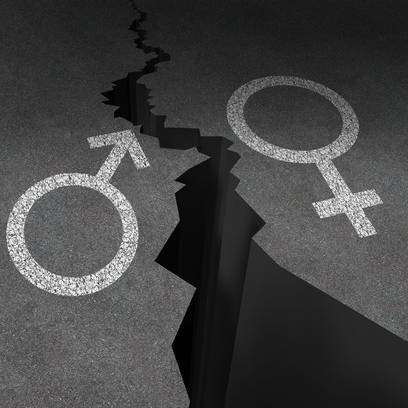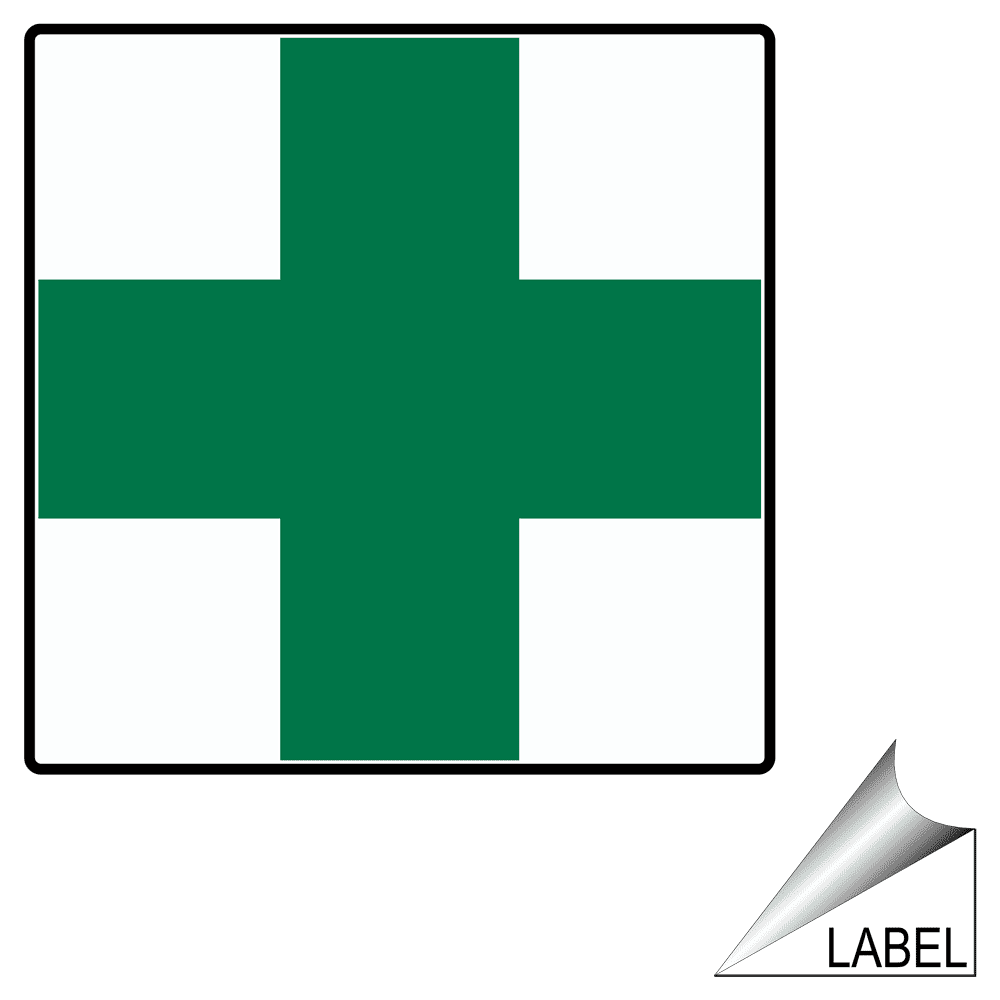
In the Kinsey interviews, conducted with thousands of women and men, the focus was similar, yet with a life-span orientation. Terman was specifically interested in the role of a couple’s sexual relationship in their marital adjustment and headed one of the first research groups to study in detail such aspects as the frequency of intercourse, relative “passionateness” of the spouses, refusal of intercourse, orgasm, duration of intercourse, the wife’s response to first intercourse, contraceptive practices, the wife’s desire, and each individual’s sexual complaints about the other. Their efforts, however, were predated by Terman’s ( Terman, Buttenwieser, Ferguson, Johnson, & Wilson, 1938) more focused analysis of sexual behaviors, practices, and preferences in the context of marriage. In the United States, the first large-scale study of sexual behavior was that by Kinsey and his colleagues ( Kinsey, Pomeroy, & Martin, 1948 Kinsey, Pomeroy, Martin, & Gebhard, 1953). Here we discuss the contemporary organization of personality structure, the Big Five model, as well as sexually relevant personality factors, such as sexual self-schema. The resurgence in personality research in the past decade (see Goldberg, 1993, for an interesting historical discussion) and our own line of cognitive research compels us to examine the role of individual differences in women’s sexuality. As we consider assessment of each phase, we consider four “channels” for assessment: physiological, cognitive, affective, and behavioral.

DSM-IV American Psychiatric Association, 1994) diagnoses are now conceptualized according to phasic disruption.
#Symbol for female as a response manual#
The separate elaboration of the phases may also clarify the female sexual dysfunctions, as the majority of Diagnostic and Statistical Manual of Mental Disorders (4th ed. Although there are significant and important interrelationships among the phases, there are sufficient data to suggest that each has unique aspects, too. We regard a sexual response cycle conceptualization, specifically desire, excitement, orgasm, and resolution, as an important second component in a working model of female sexuality. This is not an intentional bias, and we acknowledge the dearth of data on sexuality topics for lesbians. The coverage is most complete for heterosexual behaviors. from the University of Chicago Laumann, Gagnon, Michael, & Michaels, 1994).

However, research on the assessment of female sexual behavior, exclusive of behaviors that lead to increased HIV risk, remains limited (but see sex survey of Laumann et al. Here, we provide information on classic and contemporary approaches, and the discussion is framed within the conceptual domains of sexual behaviors, sexual responses (i.e., the sexual response cycle), and individual differences.Īn unprecedented number of sexual behavior studies have been conducted in response to the HIV–AIDS crisis (see Catania, Gibson, Chitwood, & Coates, 1990, for a review). The present contribution discusses issues in the assessment of female sexuality from the organizational framework of concepts rather than measures. Mirroring the field of human sexuality, the study of women’s sexuality has lacked an overarching conceptual basis with which to compare, evaluate, and guide ongoing research hence, to significantly advance sexual science, it has been suggested that we must develop comprehensive theories and constructs that describe, explain, and predict sexual phenomena ( Abramson, 1990).

Significant contributions in specific areas, such as assessment, treatment, or understanding sexual phenomena have not necessarily led to offshoot contributions in related areas. Research in female sexuality is fractionated.


 0 kommentar(er)
0 kommentar(er)
